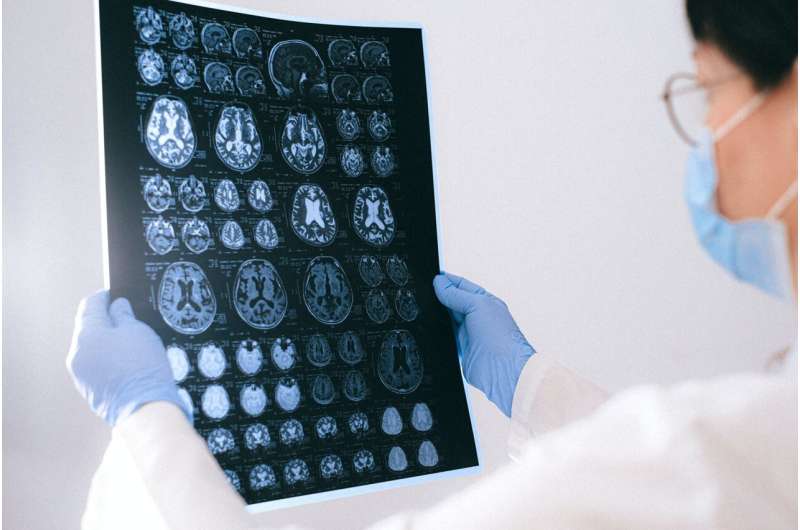Revised Diagnostic Criteria for Frontotemporal Dementia Could Enable Earlier Treatment

New research suggests updating diagnostic criteria for behavioral variant frontotemporal dementia to enable earlier detection and treatment, focusing on behavioral and social cognitive symptoms rather than restrictive cognitive benchmarks.
Recent research highlights the need to update the diagnostic standards for behavioral variant frontotemporal dementia (bvFTD), a common form of early-onset dementia similar to diagnoses seen in celebrities like Bruce Willis. A comprehensive review published in Alzheimer's & Dementia presents evidence that current diagnostic criteria, established in 2011, are too restrictive—particularly the emphasis on preserved memory and visuo-spatial skills—that may delay crucial treatment access and clinical trial participation.
Led by Professor Olivier Piguet from the University of Sydney, the study analyzed data from 110 patients over a span of 14 years. It demonstrates that behavioral symptoms such as empathy loss, apathy, disinhibition, and personality changes are more prevalent and consistent indicators of bvFTD than the traditional cognitive benchmarks. For instance, nearly 90% of patients initially exhibited empathy deficits or apathy, yet only 14.5% met the existing cognitive criteria.
The researchers recommend broadening the diagnostic framework to include executive dysfunction regardless of memory or visuo-spatial abilities. When this broader criterion was applied, the proportion of correctly identified bvFTD cases increased to 73%. This change could significantly shorten the time to diagnosis, ensuring patients receive support promptly, which is critical since the typical survival time from symptom onset is approximately 10.4 years.
Unlike Alzheimer's disease, which primarily impairs memory, bvFTD targets frontal brain regions responsible for social behavior and personality. The study emphasizes that social cognitive deficits, such as loss of empathy and social disinhibition, are more reliable and observable signs of bvFTD.
Furthermore, the study highlights the importance of inclusive diagnostic tools to better serve diverse populations. The findings suggest that current criteria may overlook many patients, leading to delayed interventions and reduced access to emerging therapies. Updating these guidelines to incorporate behavioral and social cognition symptoms could facilitate earlier diagnosis, improve patient outcomes, and support families affected by this challenging disease.
This research underscores the urgency of revising diagnostic standards to better identify bvFTD early and accurately, ultimately fostering improved treatment strategies and quality of life for patients.
Stay Updated with Mia's Feed
Get the latest health & wellness insights delivered straight to your inbox.
Related Articles
Understanding the Rise of DNA Testing by Australian Health Insurers
Australian health insurers are now providing DNA tests to predict individual responses to medications, raising important questions about data security, ethical use, and future health screening. Learn what you need to know about this emerging trend.
Early Indicators: How Lifestyle-Related Brain Chemical Changes May Signal Dementia Risk
A groundbreaking study reveals that lifestyle-related changes in brain chemistry may serve as early indicators of dementia risk, highlighting the importance of modifiable factors like diet, exercise, and social engagement for brain health.
Innovative Test Accurately Detects Brain Cancers Using Cerebrospinal Fluid
A novel multi-analyte test developed by Johns Hopkins researchers can accurately diagnose brain cancers from cerebrospinal fluid, offering a less invasive and highly reliable diagnostic tool.



